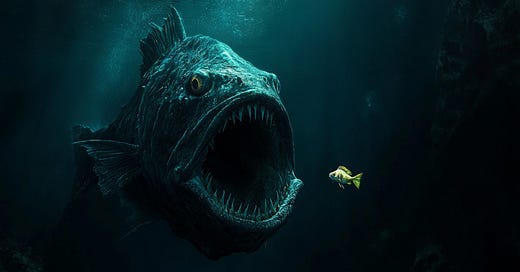Dear friends of Daily Philosophy,
As I wrote you two days ago, we’re now reading Seneca’s On the Shortness of Life in our read-along group, right here on Substack. Every Wednesday, you will receive a …
Keep reading with a 7-day free trial
Subscribe to Daily Philosophy to keep reading this post and get 7 days of free access to the full post archives.



